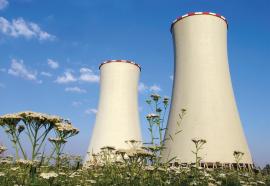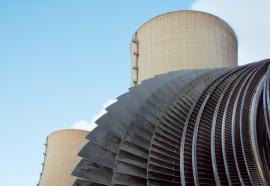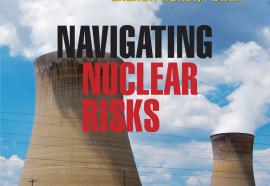A Multi-Pollutant Strategy
An integrated approach could prove more effective for controlling emissions.
Despite political challenges, the EPA and Congress have made strides toward a more coherent and integrated approach to regulating air emissions. The time is right to reach consensus on a multi-pollutant strategy.










